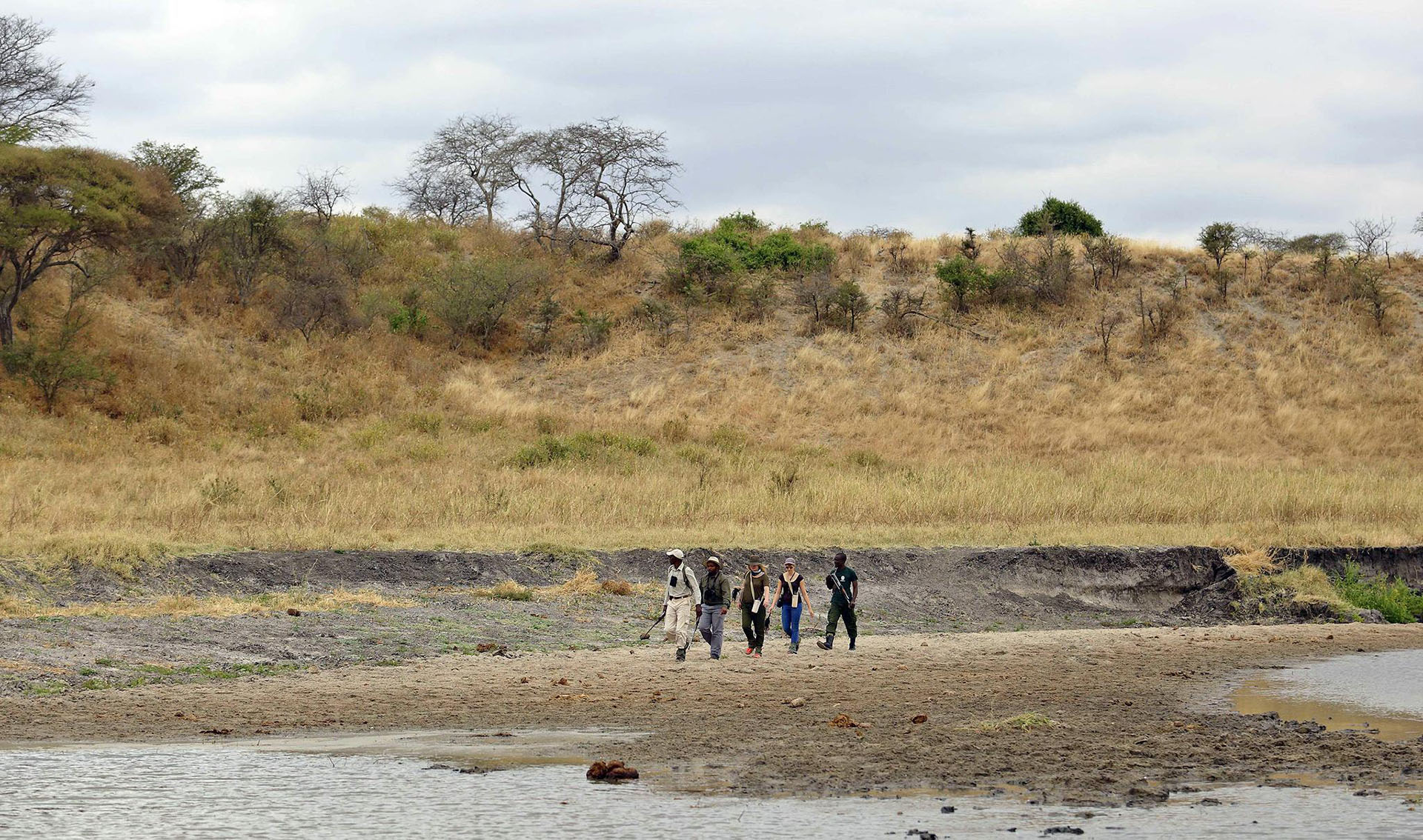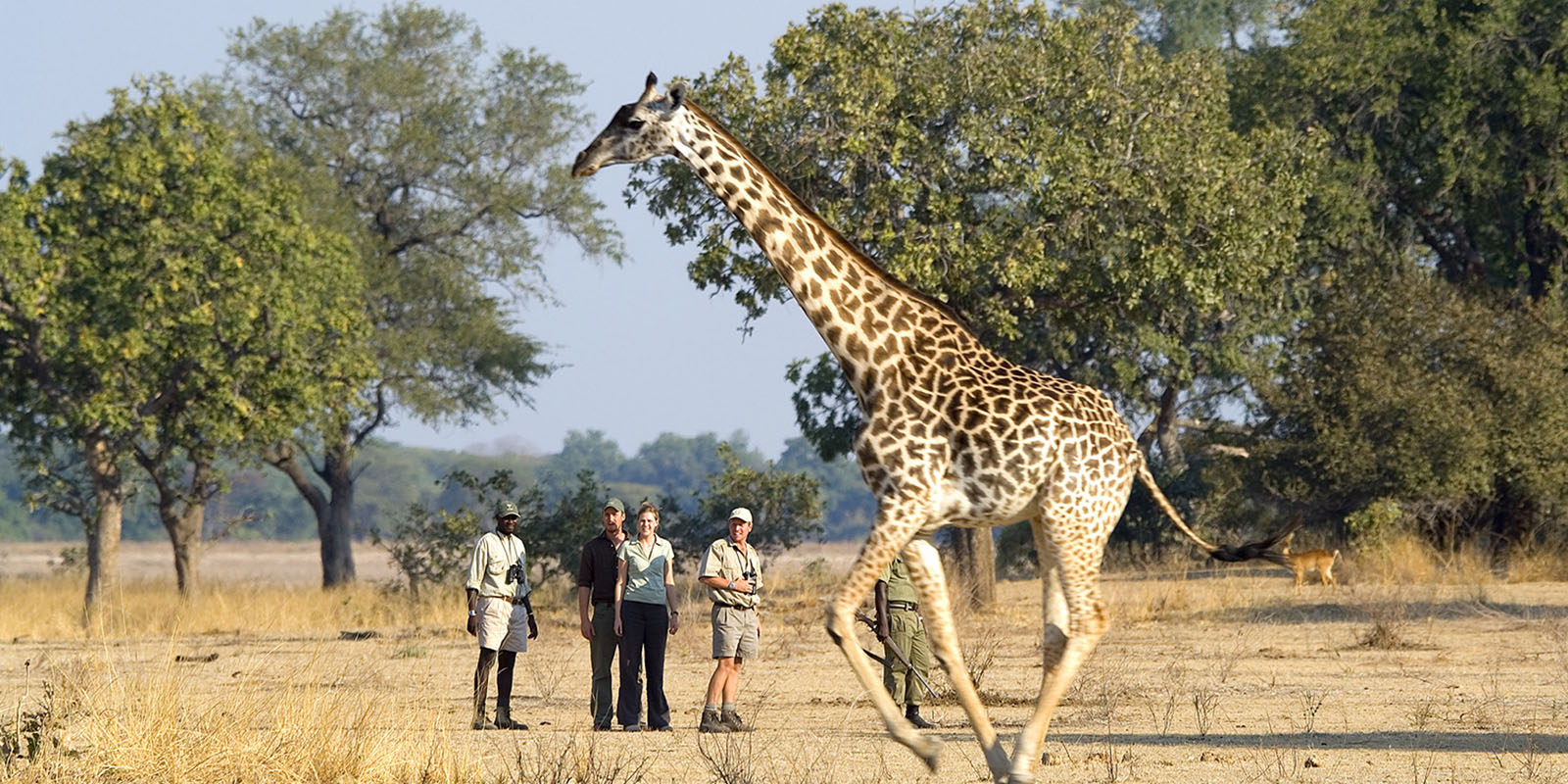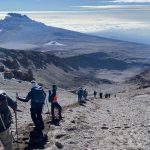Tanzania Walking Safari Guidelines – Where to Go and Things to Do
Tanzania is a paradise for safari lovers, and while game drives are the most popular way to explore its stunning landscapes, a walking safari offers a unique and immersive experience. Unlike traditional safaris, walking safaris allow you to connect with nature on a deeper level, observe wildlife up close, and gain a richer understanding of Tanzania’s diverse ecosystems. If you’re planning a walking safari in Tanzania, here’s everything you need to know, from the best destinations to essential guidelines and things to do.
Why Choose a Walking Safari in Tanzania?
A walking safari provides an unmatched adventure, offering a raw and exhilarating way to explore the African wilderness. Here’s why you should consider this unique safari experience:
- Closer Wildlife Encounters – Experience animals in their natural habitat without the barrier of a vehicle.
- Immersive Nature Experience – Appreciate the smaller details of the ecosystem, including tracks, insects, and plants that are often missed on game drives.
- Thrill of the Wild – The excitement of walking among wild animals under the guidance of expert rangers enhances your appreciation for nature.
- Eco-Friendly Tourism – Walking safaris have a minimal environmental footprint compared to vehicle-based safaris.
Best Places for Walking Safaris in Tanzania
1. Serengeti National Park
While the Serengeti is famous for its Great Migration and game drives, certain areas allow for guided walking safaris. The Grumeti and Lamai regions provide an excellent opportunity to walk among wildlife such as giraffes, zebras, and elephants while learning about their behaviors from expert guides.
2. Ngorongoro Conservation Area
Ngorongoro offers breathtaking walking safari experiences, especially along the crater rim and surrounding highlands. The Empakaai Crater hike is a must-do, allowing visitors to explore the stunning landscapes and spot flamingos in the crater lake.
3. Tarangire National Park
Known for its large elephant herds and ancient baobab trees, Tarangire is an excellent location for walking safaris. Accompanied by armed guides, you can explore riverbanks and savannahs while tracking wildlife and learning about the park’s rich biodiversity.
4. Selous Game Reserve (Nyerere National Park)
As one of Africa’s largest protected areas, Selous offers one of Tanzania’s best walking safari experiences. The diverse landscapes, from wetlands to woodlands, provide a home to abundant wildlife, including lions, wild dogs, and hippos.
5. Ruaha National Park
Ruaha’s remote wilderness makes it a prime location for exclusive walking safaris. The rugged terrain, baobab forests, and large predator populations make every walk thrilling and unforgettable.
6. Arusha National Park
Perfect for those who want a short walking safari experience, Arusha National Park offers scenic hikes with breathtaking views of Mount Meru. The diverse habitat includes montane forests, open grasslands, and crater lakes, where you can spot giraffes, buffaloes, and colobus monkeys.
What to Expect on a Walking Safari
- Guided Exploration – All walking safaris are conducted by experienced guides and armed rangers for safety.
- Close Encounters with Wildlife – Expect to see animals like giraffes, zebras, antelopes, and even predators at a safe distance.
- Educational Insights – Learn about animal tracking, bird identification, and the importance of conservation from your guide.
- Variable Terrain – Walking safaris can range from easy trails to challenging hikes depending on the location.
- Peaceful and Unfiltered Nature Experience – Unlike game drives, walking safaris allow you to experience the sounds and smells of the wilderness without vehicle noise.
Essential Guidelines for a Safe and Enjoyable Walking Safari
- Follow Your Guide’s Instructions
Your guide is trained to handle wildlife encounters and ensure your safety. Always listen carefully and follow their directions. - Maintain a Safe Distance from Wildlife
Never approach or attempt to feed animals. Keep a safe distance and remain quiet to avoid startling them. - Dress Appropriately
Wear neutral-colored clothing to blend into the environment. Long sleeves, trousers, and comfortable hiking boots are recommended. - Stay in a Group
Walking safaris are conducted in small groups for safety. Never wander off alone. - Carry Minimal Gear
A small backpack with essentials like water, sunscreen, a hat, and binoculars is sufficient. - Stay Hydrated
Walking in the African wilderness can be physically demanding, so drink plenty of water. - Respect the Environment
Avoid littering and do not pick plants or disturb animals. - Book with a Licensed Operator
Ensure your walking safari is organized by a reputable tour operator like Operation Kilimanjaro, which prioritizes safety and ethical practices.
Things to Do on a Walking Safari
- Animal Tracking – Learn to identify tracks and signs left by wildlife.
- Bird Watching – Spot a variety of bird species, from eagles to flamingos.
- Photography – Capture stunning close-up shots of animals and landscapes.
- Cultural Experiences – Some walking safaris include visits to Maasai villages for an authentic cultural exchange.
- Botanical Insights – Discover the medicinal uses of various plants from knowledgeable guides.
Final Thoughts
A walking safari in Tanzania is an unforgettable way to explore the country’s pristine wilderness. Whether you choose the Serengeti, Ngorongoro, Tarangire, or one of the lesser-known reserves, you’ll gain a deeper connection with nature while enjoying a thrilling and educational experience. By booking your walking safari with a trusted operator like Operation Kilimanjaro, you ensure a safe, responsible, and immersive adventure in Africa’s stunning landscapes.
Ready to experience Tanzania on foot? Contact us today to plan your ultimate walking safari adventure!






